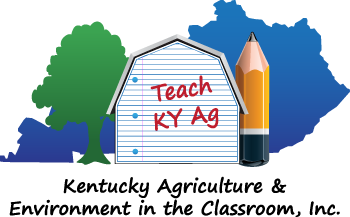Seventh Grade Science
7-PS1-2 Analyze and interpret data on the properties of substances before and after the substances interact to determine if a chemical reaction has occurred.
7-PS1-5 Develop and use a model to describe how the total number of atoms does not change in a chemical reaction and thus mass is conserved.
7-PS1-6 Undertake a design project to construct, test, and modify a device that either releases or absorbs thermal energy by chemical processes.
7-PS2-3 Ask questions about data to determine the factors that affect the strength of electric and magnetic forces.
7-PS2-4 Construct and present arguments using evidence to support the claim that gravitational interactions are attractive and depend on the masses of interacting objects.
7-PS2-5 Conduct an investigation and evaluate the experimental design to provide evidence that fields exist between objects exerting forces on each other even though the objects are not in contact.
7-LS1-1 Conduct an investigation to provide evidence that living things are made of cells, either one cell or many different numbers and types of cells.
7-LS1-2 Develop and use a model to describe the function of a cell as a whole and the ways parts of cells contribute to the function.
7-LS1-3 Use argument supported by evidence for how the body is a system of interacting subsystems composed of groups of cells.
7-LS1-6 Construct a scientific explanation based on evidence for the role of photosynthesis in the cycling of matter and the flow of energy into and out of organisms.
7-LS1-7 Develop a model to describe how food is rearranged through chemical reactions forming new molecules that support growth and/or release energy as this matter moves through an organism.
7-LS1-4 Use argument based on empirical evidence and scientific reasoning to support an explanation for how characteristic animal behaviors and specialized plant structures affect the probability of successful reproduction of animals and plants, respectively.
7-LS1-5 Construct a scientific explanation based on evidence for how environmental and genetic factors influence the growth of organisms.
MS-ETS1-1 Define the criteria and constraints of a design problem with sufficient precision to ensure a successful solution, taking into account relevant scientific principles and potential impacts on people and the natural environment that may limit possible solutions.
Purple Plow Spring 2025 Challenge - Cross-curricular connections to mathematics and economics.
MS-ETS1-2 Evaluate competing design solutions using a systematic process to determine how well they meet the criteria and constraints of the problem.
Purple Plow Spring 2025 Challenge - Cross-curricular connections to mathematics and economics.
MS-ETS1-3 Analyze data from tests to determine similarities and differences among several design solutions to identify the best characteristics of each that can be combined into a new solution to better meet the criteria for success.
MS-ETS1-4 Develop a model to generate data for iterative testing and modification of a proposed object, tool, or process such that an optimal design can be achieved.
